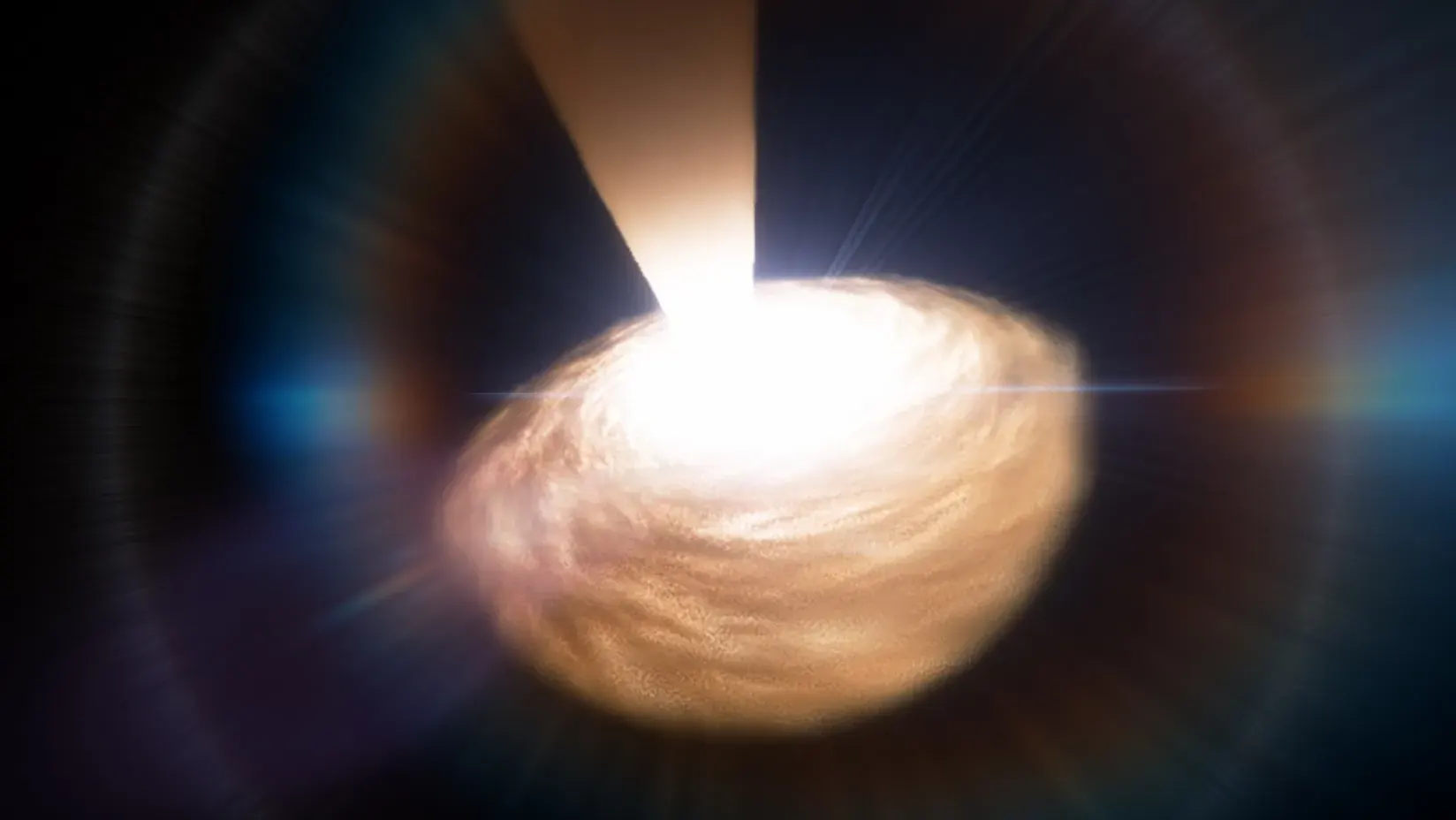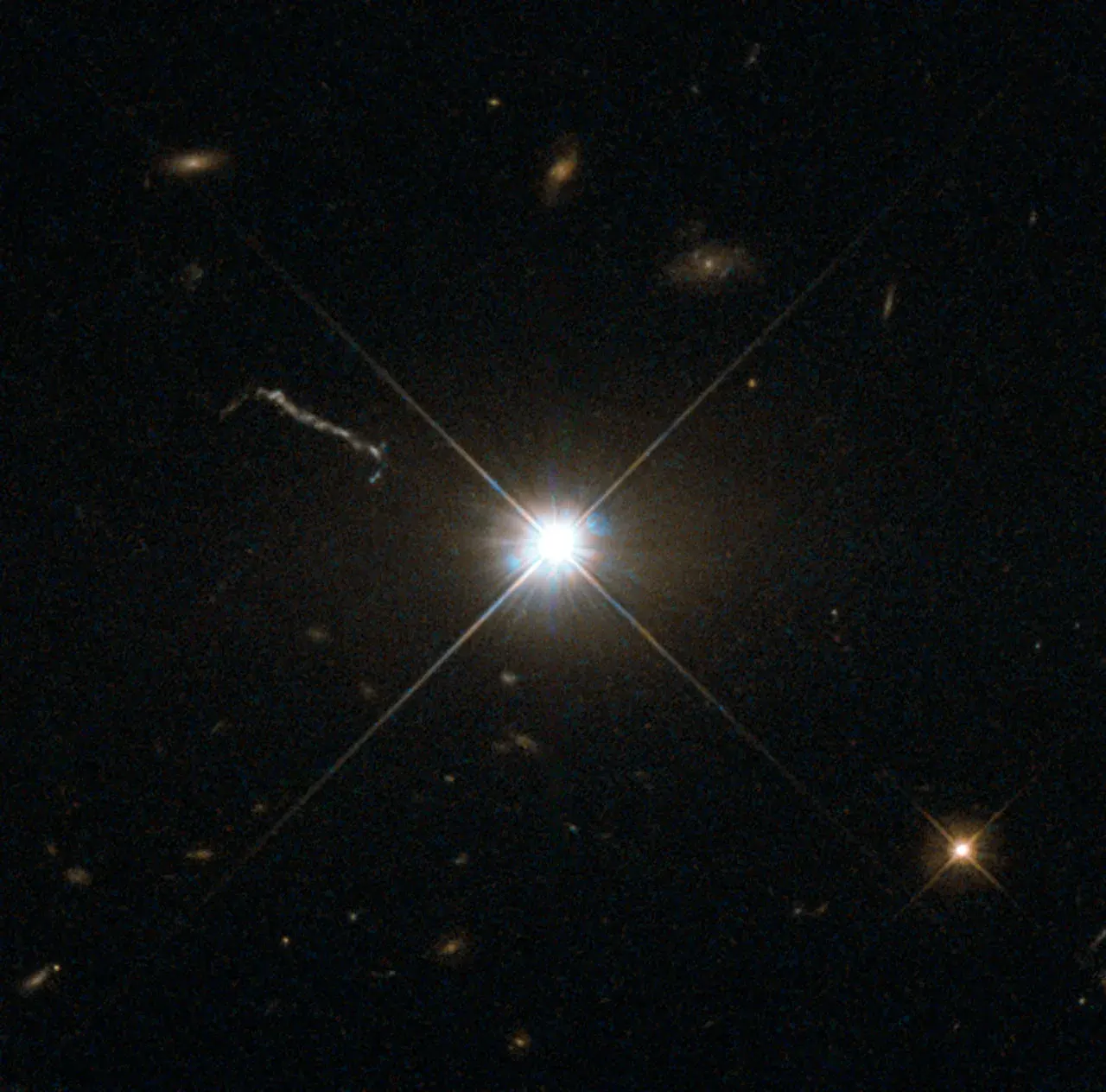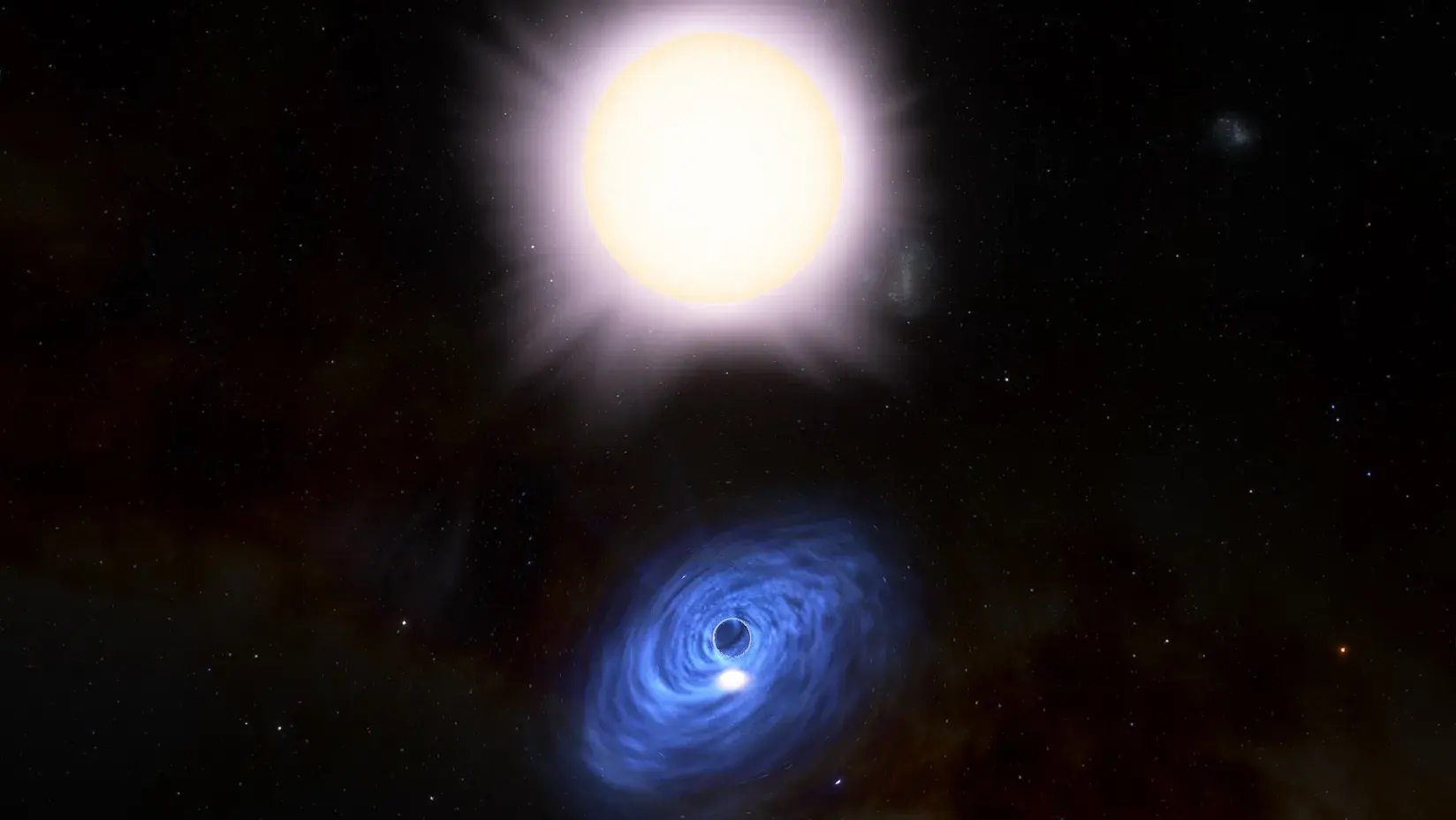This is written similar to the synopsis of a dungeons and dragons campaign. Feedback appreciated, will turn into a campaign detail if possible!
Galaxies come in all shapes in sizes - some are large, such as the Andromeda Galaxy, while others, such as the Small Magellanic Cloud (SMC), are, well, small! Some tend to spiral inwards and outwards, intricate networks of dust and gas coalescing around a bright, central point towards the center, while others tend to float freely in the background of space, taking whatever shape they please.
While a galaxy’s structure may differ, one thing is certain - these galaxies all revolve around a central black hole. It’s been theorised that dwarf galaxies revolve around intermediate-mass black holes, while some larger elliptical or lenticular galaxies have humongous black holes which accrete mass…
Hold on. Accrete mass. They grow?
That brings us here, recruit. Welcome to your first briefing on the Active Galactic Nuclei Syndicate (link), black hole behemoths capable of shutting down entire galaxies. This session has been created as part of the CLMS (Coaliton of Low-Mass Stars) law enforcement training program. No longer shall we ‘low-mass’ stars bow down to the will of the ‘massive’!
Let’s assume you’re familiar with black holes. Now, take a black hole, a vortex of death, and add a ‘ranged’ component to it. That’s an “AGN” for you - armed to the teeth and dangerous.
Onto our adversaries. Our first stop is the Seyfert Galaxy, a (relatively) modern variant of the AGN. These occur when the central black hole accretes enough matter to shine brightly, but not enough to envelop its entire galaxy in accretion disk light. These often serve as syndicate branch offices, allowing for operations along temporal fringes.

On the other hand, quasars head much of the AGN syndicate’s command posts. While these offices only operate far away thanks to a lack of gas to siphon in the vicinity, there have nonetheless been sleeper agents planted, and we have seen them flare to life upon a galactic collision or a similar catastrophic event.
This isn’t a threat for now. Sagittarius A* and its neighbour, Andromeda, have repeatedly assured us that they’ll try to prevent this from happening to them. Even when it’s inevitable. Yes, we know, recruit.
Even while being very, very far away from us, they’re still quite the threat. Well, they can outshine sun-like stars 700 light years away from us - a difference in brightness of around 10 to the 12 magnitudes, compared to the Sun. The closest one of these objects is located 581 million years away - a corresponding luminosity of 1.37 trillion times our sun! Even then, it isn’t the brightest quasar - 3C 273, a quasar 2.4 billion years away from us, shines with an apparent visual magnitude of 12.9, or a brightness of almost 25 trillion suns!

For most black holes, you’d fall in, be spaghettified, tidal disruption event a little then die. However, AGNs have adapted to address the growing gas insecurities in the universe, instead speeding up gas to the point where it compresses into a disk, using thermal ablation to relive its glory days as a star.
As a result, what we’re actually seeing is the accretion disks around these objects - swirling plates of gas and dust that reach a fraction of the speed of light. Most disks emit primarily in the ultraviolet, with the most energetic even in the X-Rays - they’re really energetic! If you’re close to one of them, you won’t even need to enter the black hole to be vaporised - microwaves, infrared - they’ll boil you alive before you even get close. Not to mention the damage to your retinas!
For now, we’ll be interrogating some of their captured field operatives - the microquasars, which have seemingly infiltrated our galaxy. This particular object seems to be borne out of a double-star system, where a black hole siphons gas off an expanded binary component. In our case, we’ve an active hostage situation on our hands - the F-type subgiant orbiting the microquasar isn’t going to be waiting for us!

We leave at dawn. Whatever that means.
Like what you see? Feel free to subscribe to our blog to receive updates whenever we post.